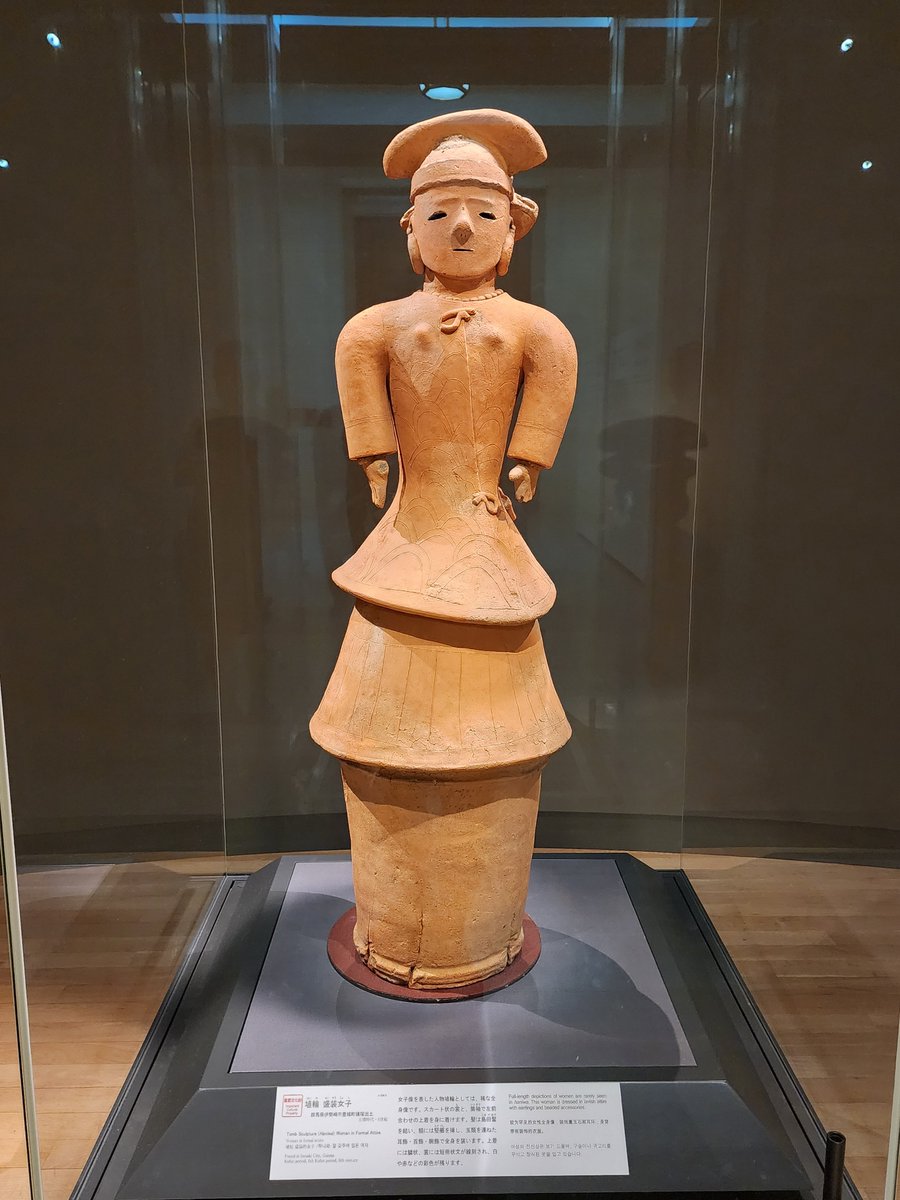
Jun-Hyeok Kwak
@junkwak0512
Yixian Professor of Philosophy (Zhuhai), Sun Yat-sen University, China. General Editor of Political Theories in East Asian Context, Routledge. Coeditor of JSPP.
A Chāshū noodle (チャーシュー麺) at "Kita Otsuka Ramen" (北大塚ラーメン) near JR Otsuka station in Tokyo. Chāshū refers to a topping roasted pork for ramen, an adaptation of "char siu (叉燒)" in Chinese, more specifically "chāsīu" in Cantonese. Recommend a spicy Chāshū noodle.
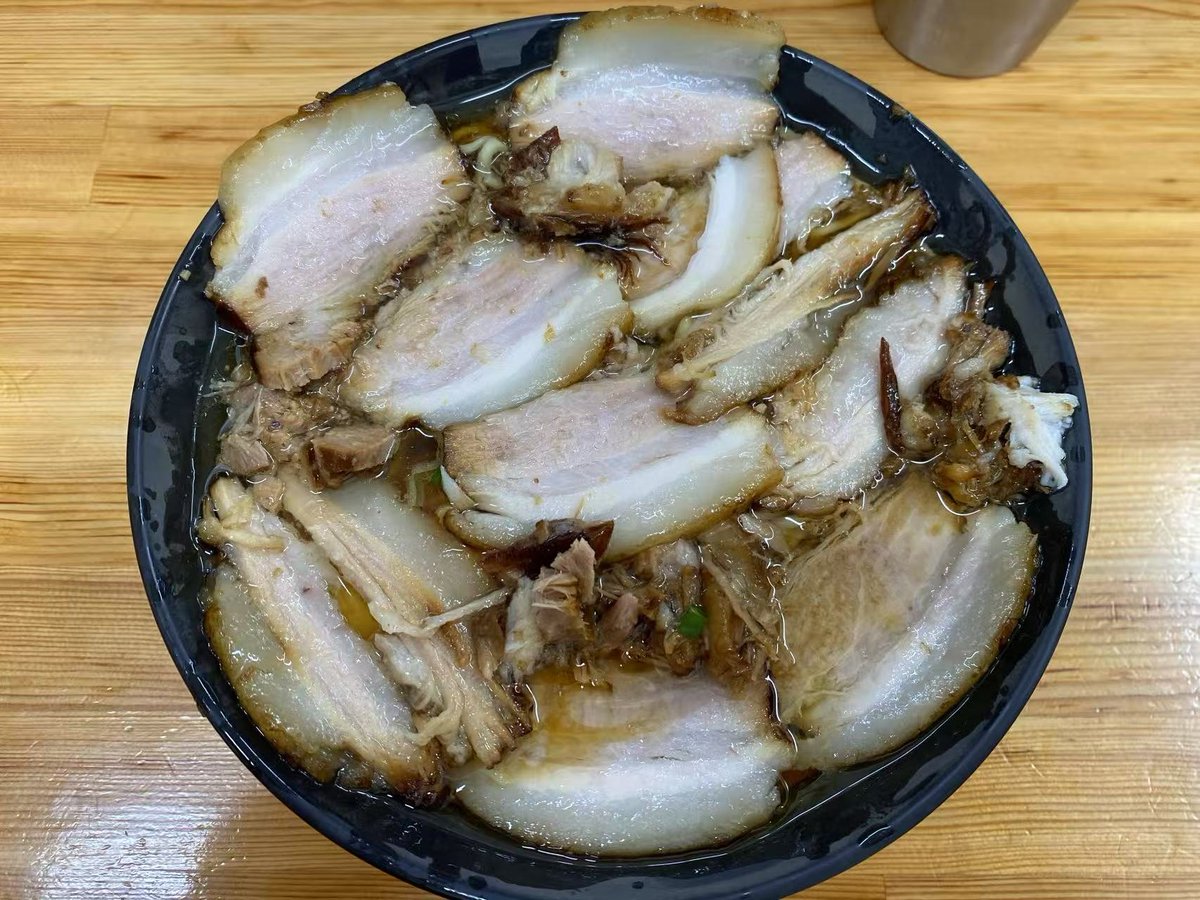
Shrimp Dumpling (Xiājiǎohuáng 虾饺皇), also known as Crystal shrimp dumpling (Shuǐjīng Xiājiǎo 水晶虾饺). It is a typical Cantonese-style dumpling with shrimps wrapped in transparent clear dough. One of the top "Must Try" Yámchà (饮茶) or Dim Sum (点心) Dishes in Guangdong.
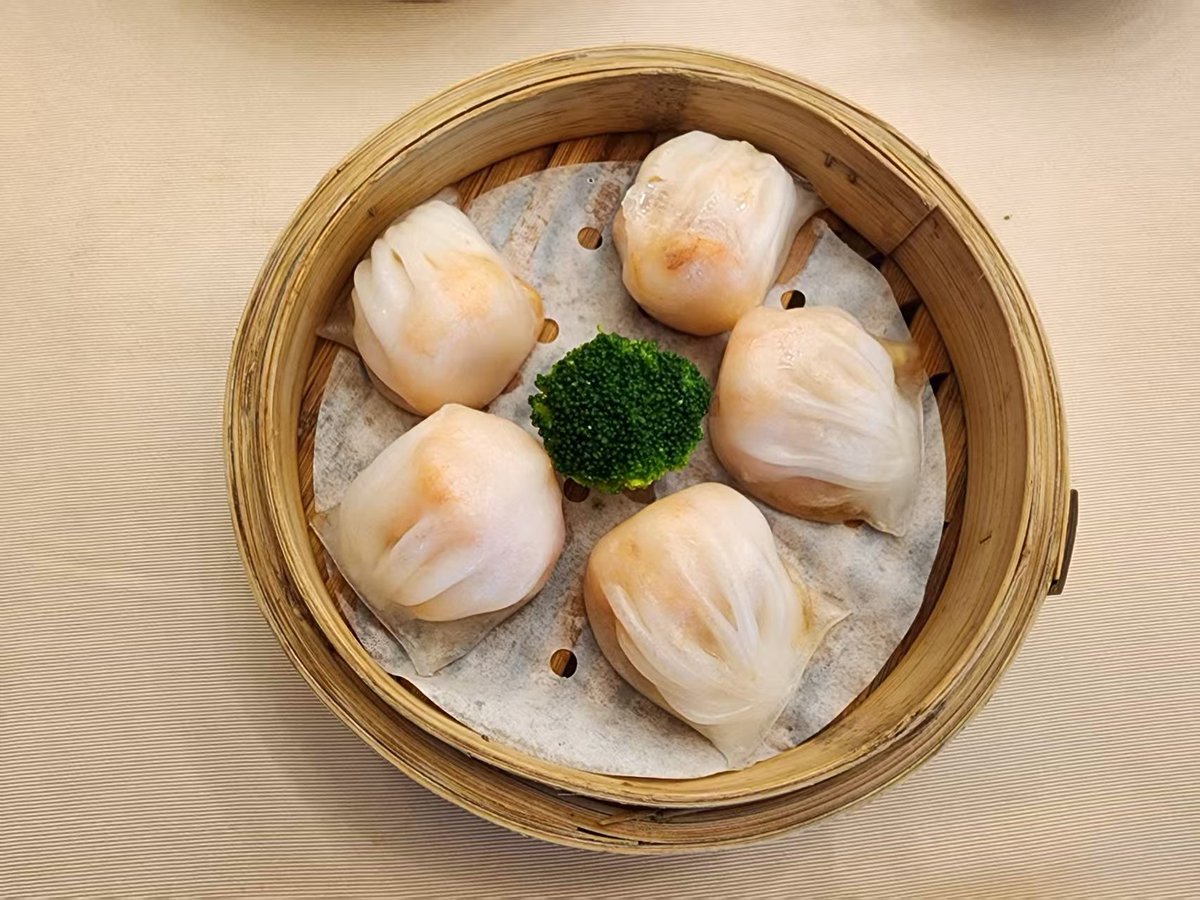
Steamed Beef Rice Roll with Bamboo Mushroom and Coriander (Zhúshēng Xiāngqiàn Niúròu Chángfěn, 竹笙香茜牛肉肠粉) at Tángyàn (唐宴) next to Tángyì (唐邑) Hotel in Tángjiā (唐家), Zhuhai. Chángfěn is a typical Cantonese dish, literally "intestine noodle" because of its apperance.
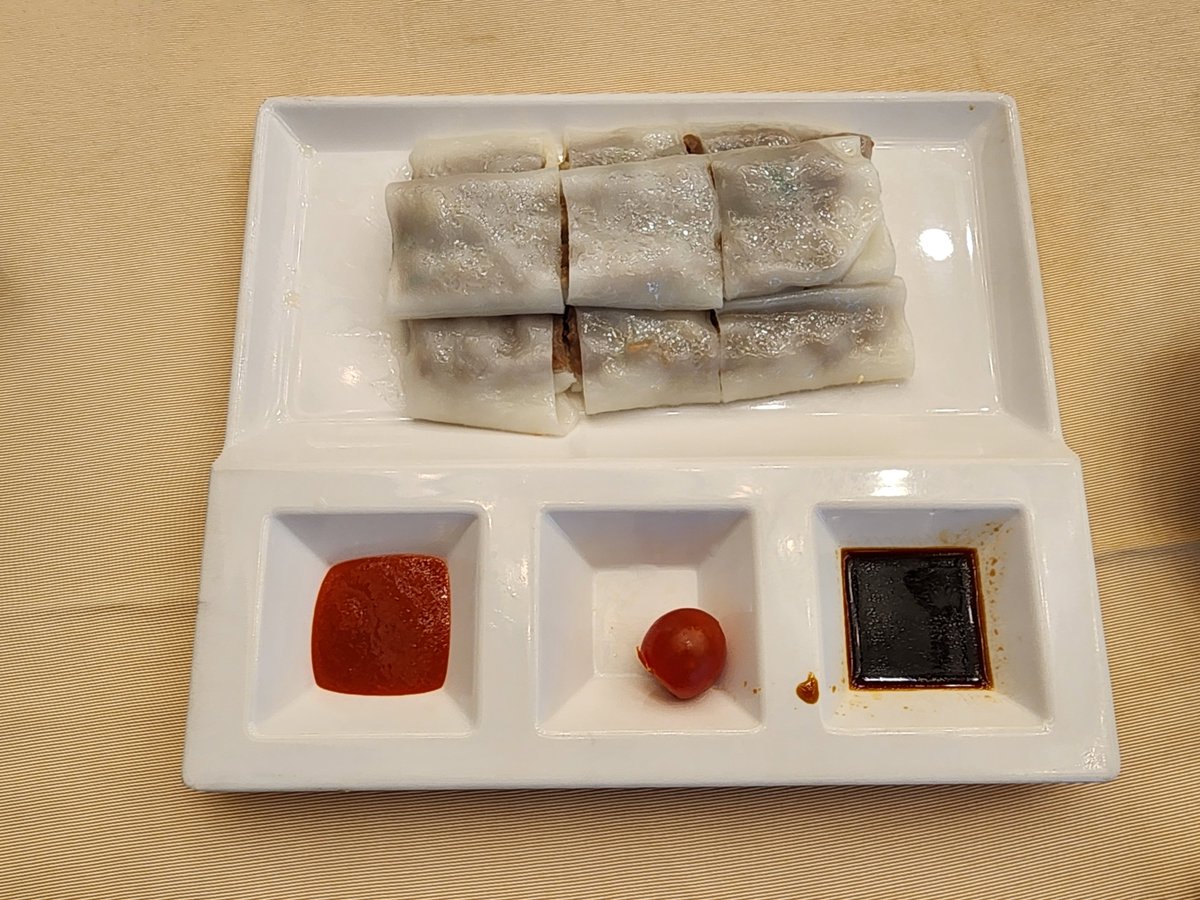
Beef Chow Fun (Gànchǎo niúhé, 干炒牛河), also known as Stir-fried Hé Fēn (河芬). Available at any restaurant in Guangdong (广东). But, except for shops specialized in Cantonese noodles, customarily required to order other dishes together. Hé Fēn is a staple Cantonese noodle.
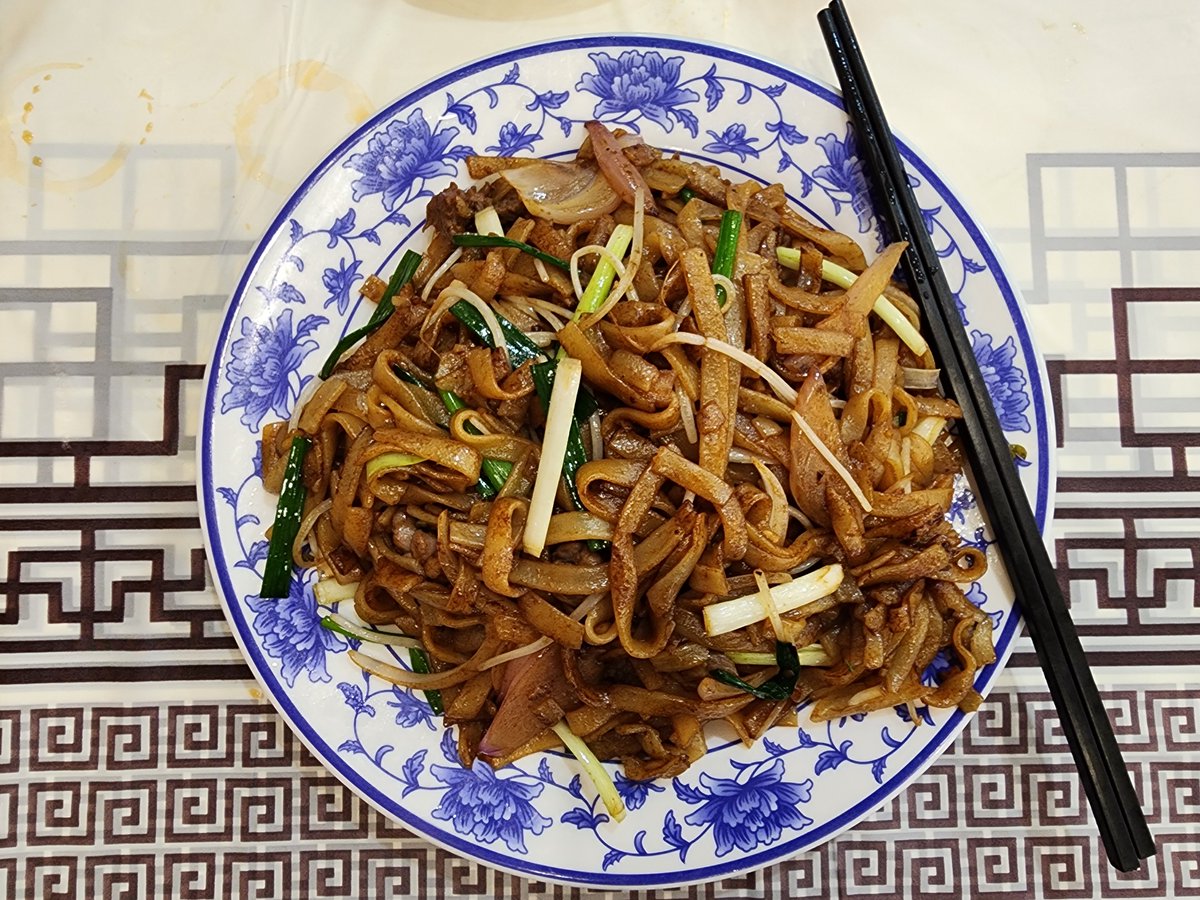
Stir-fried rice noodle (Chǎomǐfěn, 炒米粉) with Black chicken soup (Wūjītāng, 乌鸡汤) at Shāxiàn Xiǎochī (沙县小吃) in Jīshāncūn (鸡山村), Zhuhai. This shop is a Fújiàn (福建) cuisine, and all meals here are really easy on the wallet. This set costs 17RMB (approx. 2.3USD).
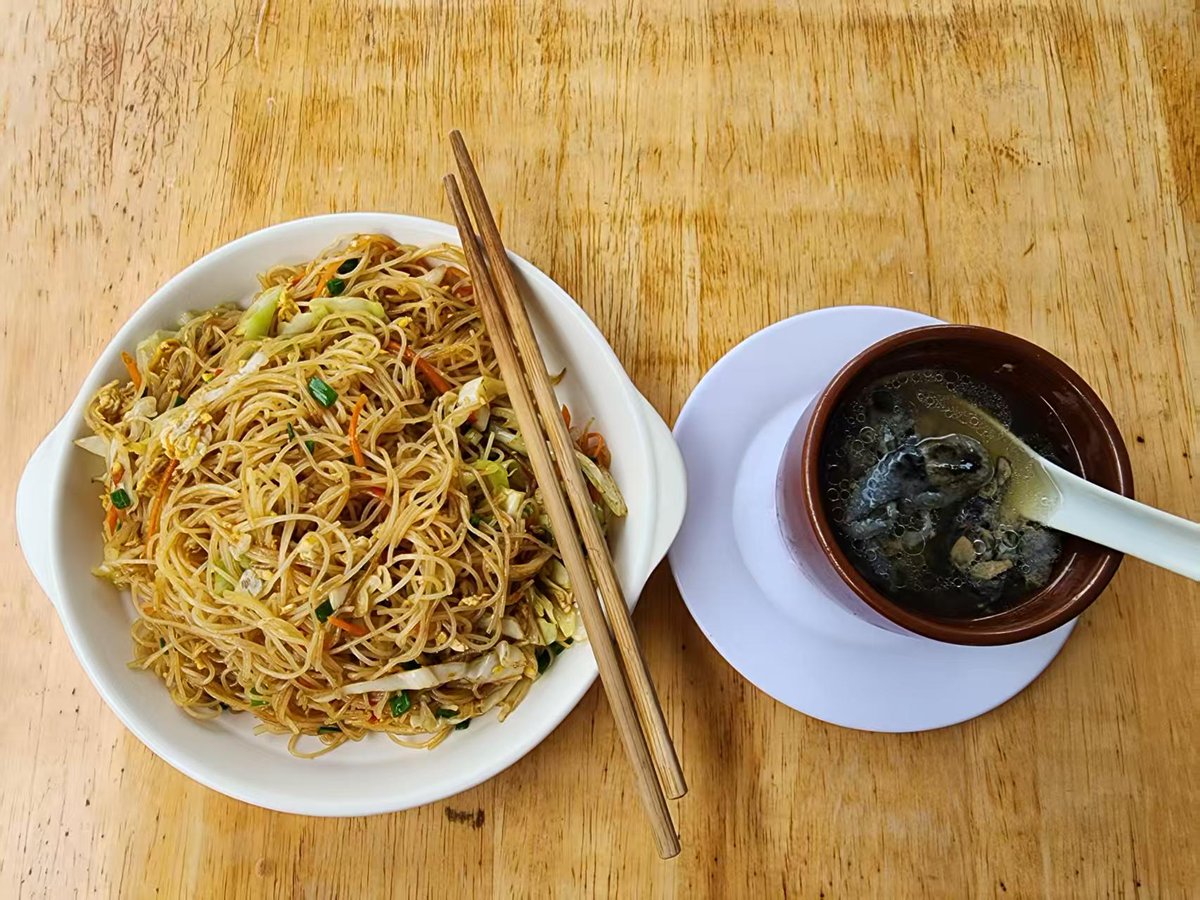
Back to Zhuhai (珠海). Due to the typhoon passed by days ago, the campus is still a bit messy. But the egret (白鹭, báilù), one of the resident birds around the lake before the teaching building remains undiminished. Wading in shallow water to hunt fish.
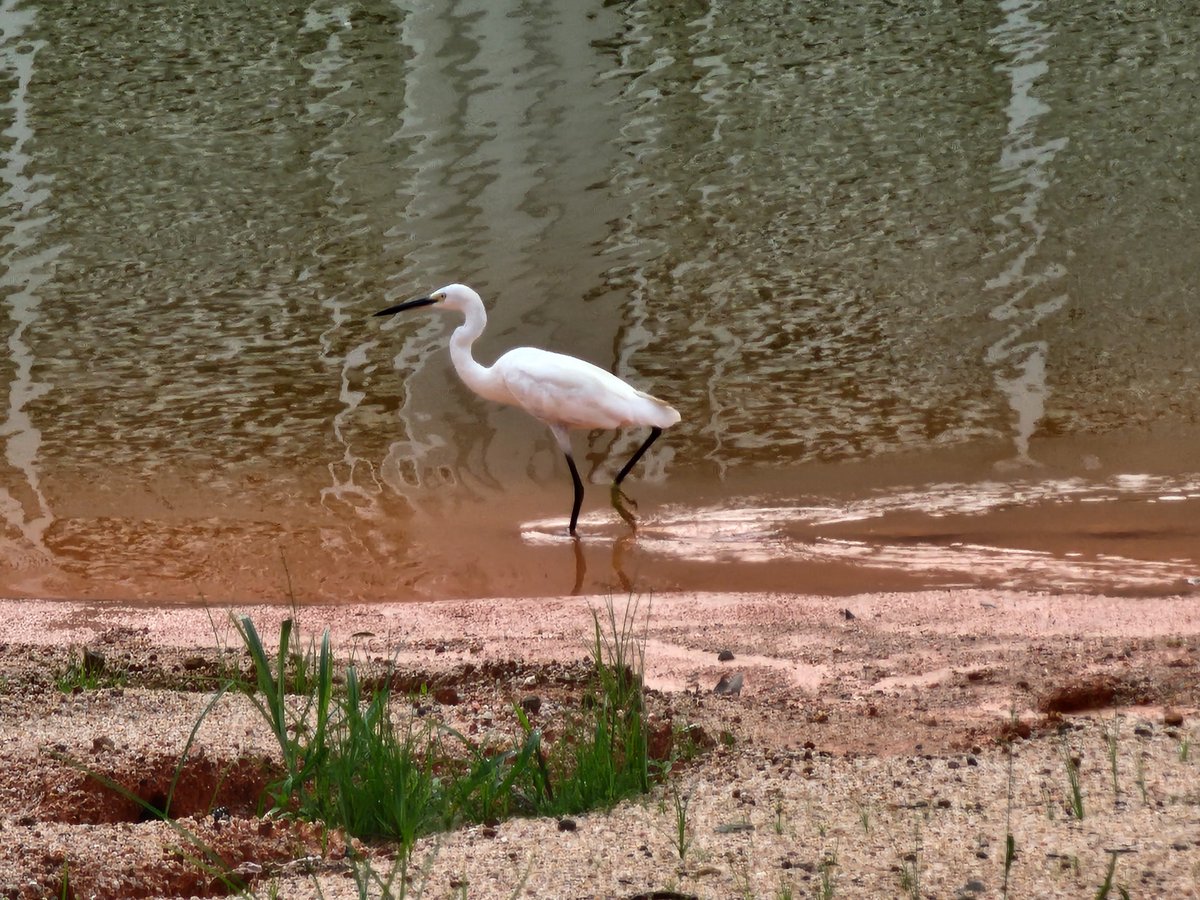
My second book in Chinese was just published. Exploring Machiavelli’s teachings on leadership, this book aims to shed light on the authenticity of his own slant on "Socratic" education that consists, at its core, in taming the revolutionary, ambitious youth.
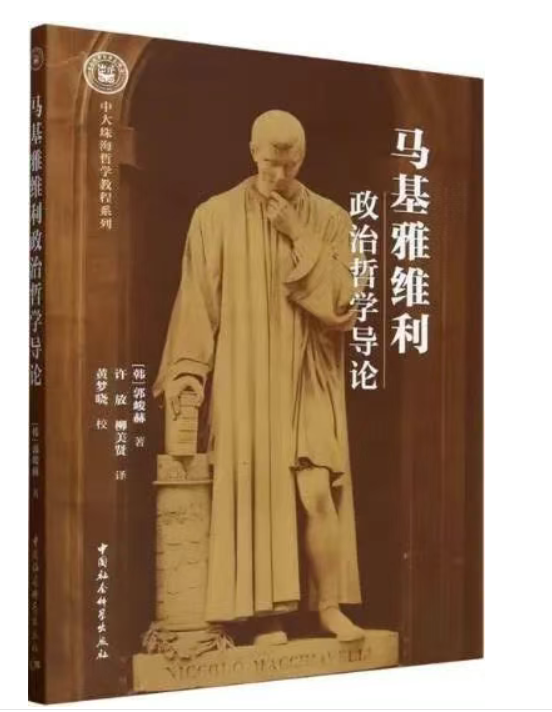
Adam, one of the Rodin's sculptures outside the National Museum of Western Art (国立西洋美術館) in Tokyo. It is placed next to the Gates of Hell. Since Shirakaba (白樺, literary and art megazine) dedicated a special issue to Rodin in 1910, his popularity remains robust in Japan.
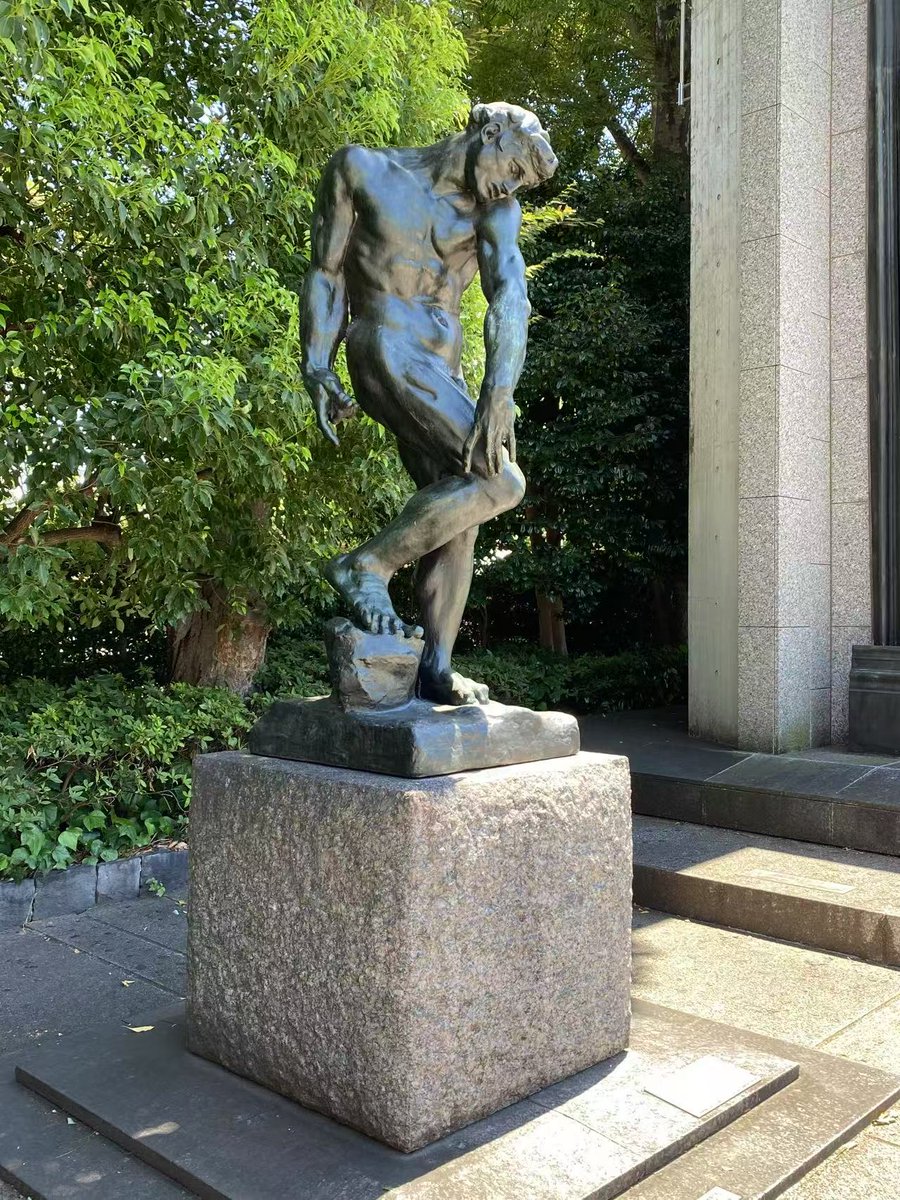
One of the Dogu (Japanese: 土偶), Goggle-Like Eyes (遮光器土偶), at Tokyo National Museum. It was named like this due to its big eyes that resemble goggles. But it is now presumed that it might have been used as an effigy with magic into which any illness could be transferred.
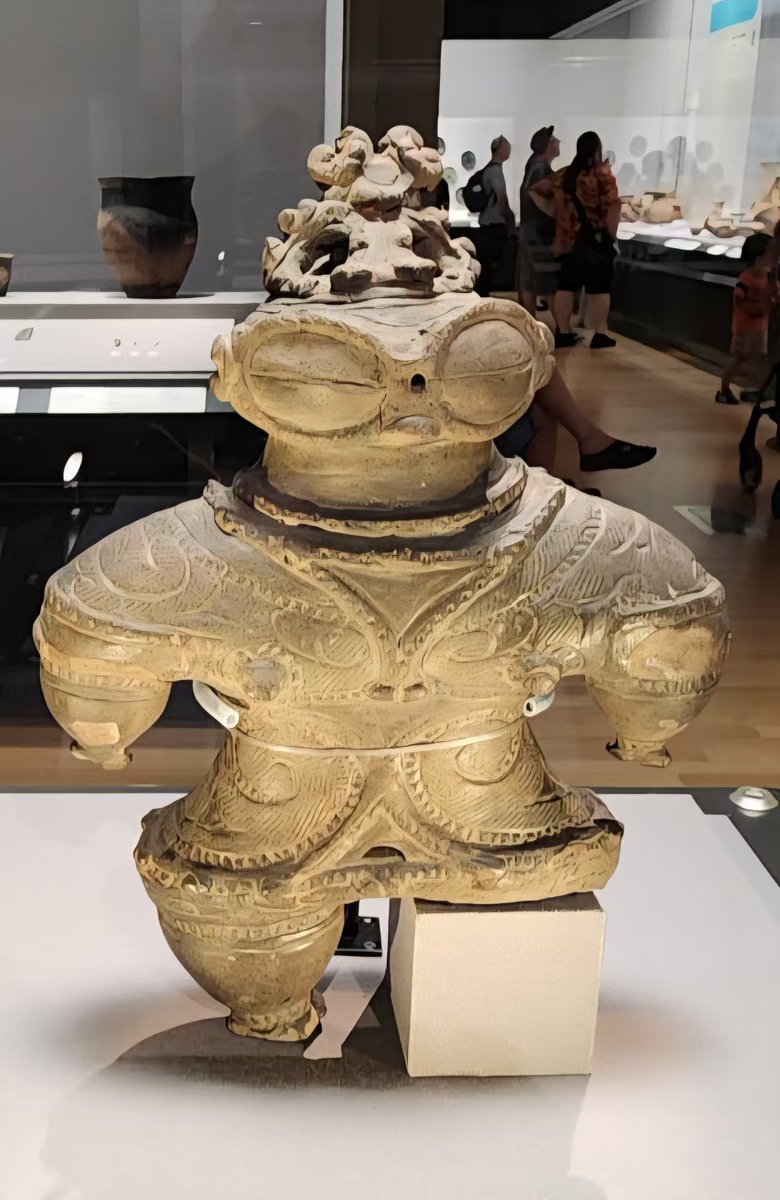
A pasta with scallop and zucchini at "The Blue Bell," an Italian Restaurant near Yokohama Museum of Art in Miratomirai (みなとみらい). Yokohama (横浜) is the first port city that opened for foriegn trade with the West following the end of the policy of seclusion in 1859.
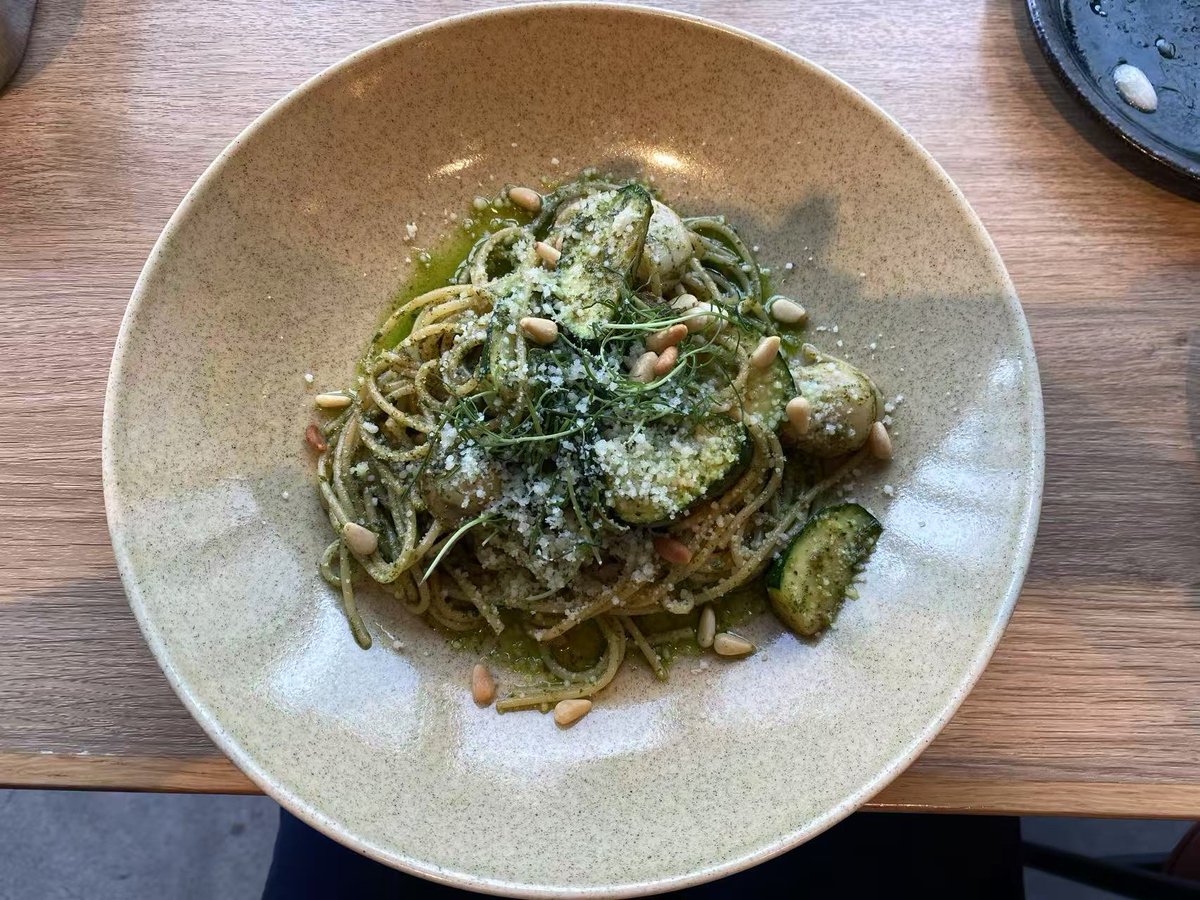
Chiku-Tama Tempura bukkake Udon (ちく玉天ぶっかけうどん) at Nanma Sennichimae Kamatake Udon (難波千日前 釜たけうどん), Tokyo Station. It is an Osaka-style Sanuki udon, and this shop is a Kamatake Udon franchise based in Osaka. A great chewy wheat noodle with rich dashi broth.
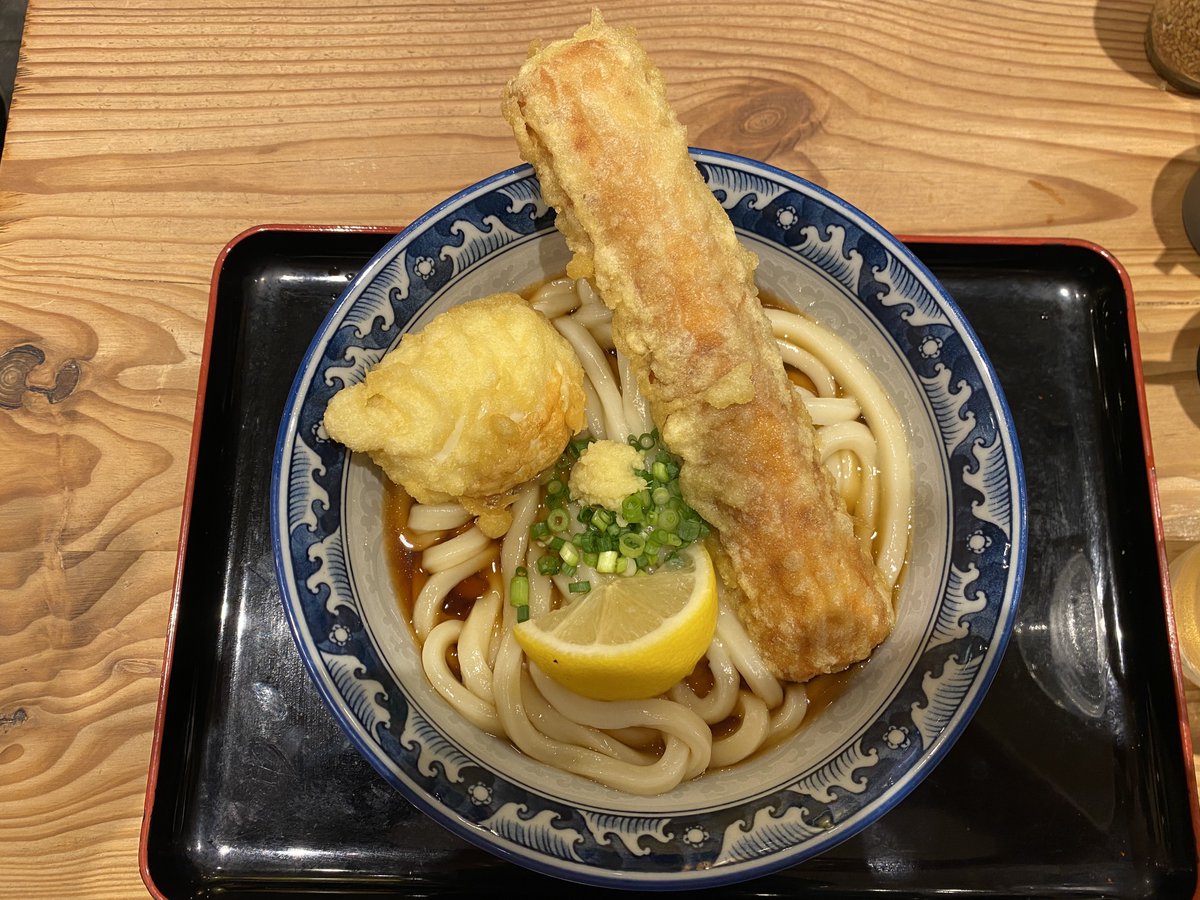
Miso Tsukemen (味噌つけ麺) at Yasubee (やすべえ) in Takadanobaba (高田馬場). Been here before when I visited Waseda University. 8 branches in Tokyo, but this shop is the original. I think that this shop is one of the best in the ramen-heavy Takadanobaba neighborhood.
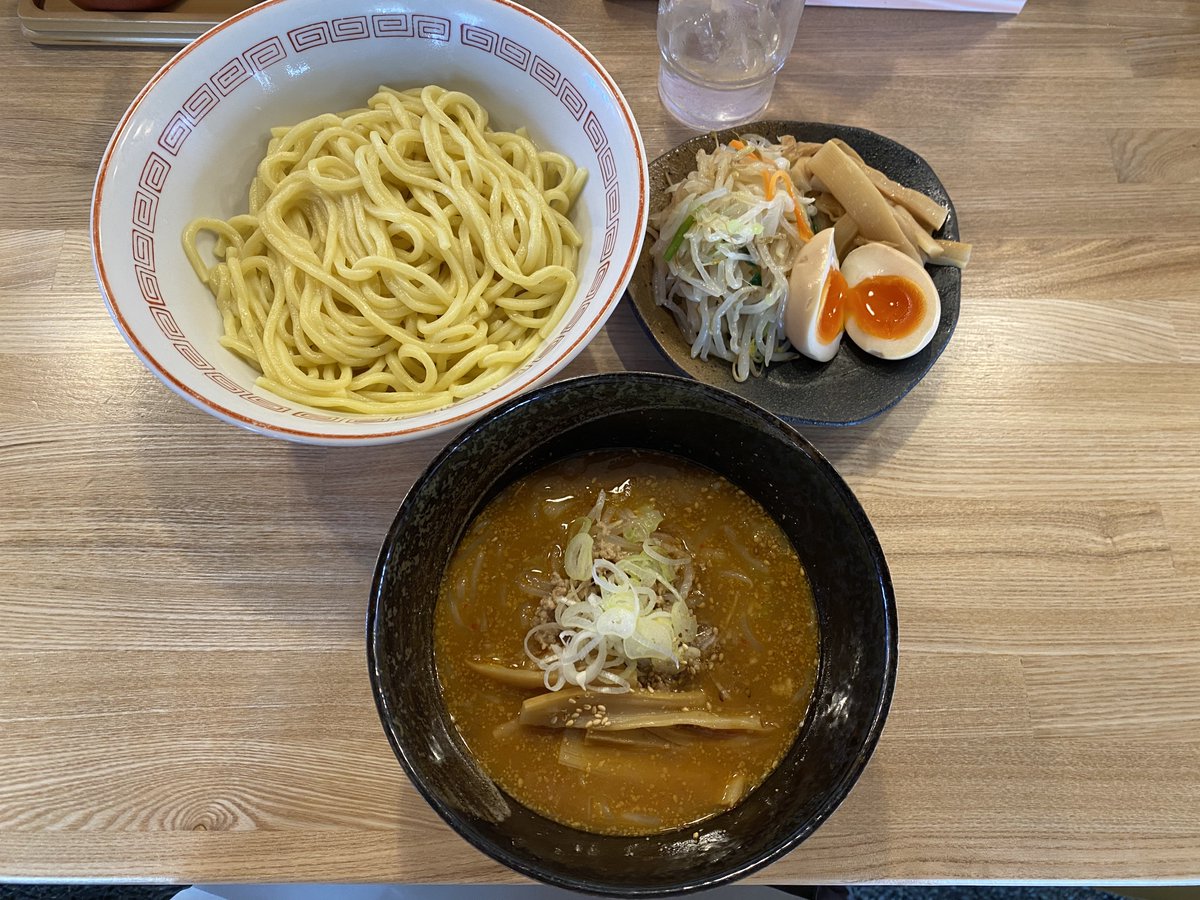
Chicken Niboshi Ramen (鶏煮干しらあめん) at Menya Imamura (麺や いま村) in Sugamo. Distinguished with the flavor of niboshi (dried small sardines) that stands out the taste of chicken broth. This chicken broth does have its own distinguished umami (旨味, savor).
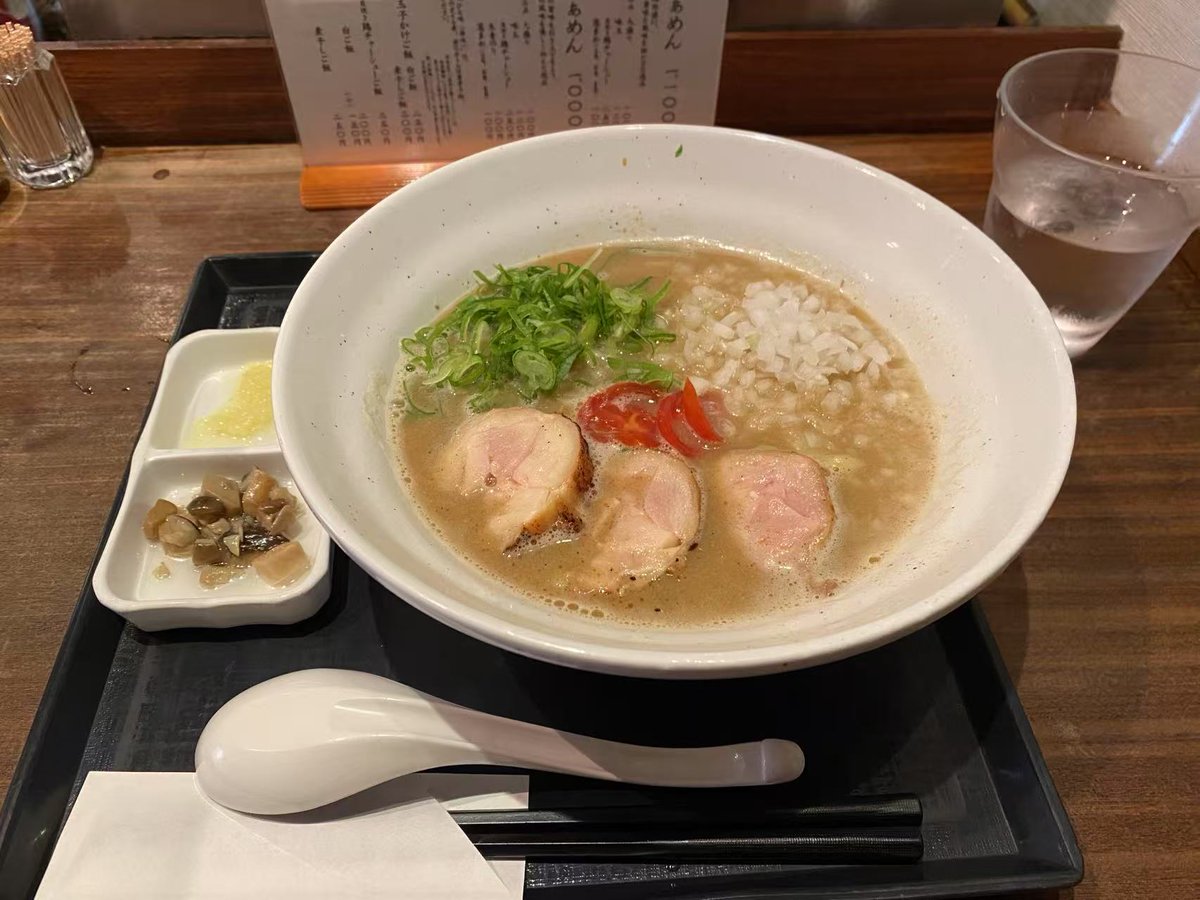
A Noh Mask (能面), Manbi (万媚), displayed at Tokyo National Museum. Different from Kabuki (歌舞伎) that took an entertaining form aimed at the common people, Noh held spiritual and pedagogical contents appealing to ruling elites. This mask shows Noh's key attributes of modesty.
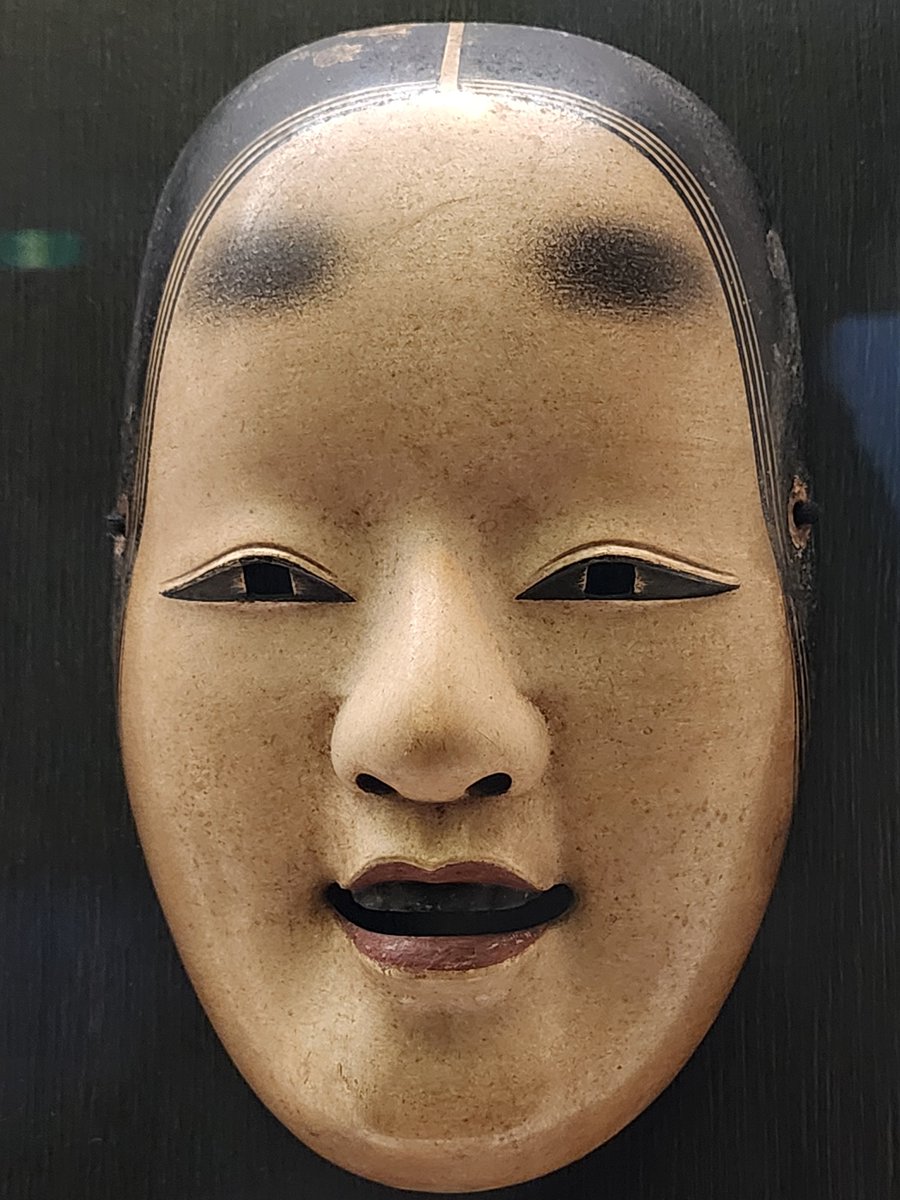
A set menu of grilled kamasu (魳, Barracuda) at Tokiwa Shokudo (ときわ食堂) in Sugamo (巣鴨). This restaurant is not the Michelin Starred Kaiseki (懐石, course) Cuisine in Nishi-Azabu (西麻布), Tokyo. It is a Katei ryōri (家庭料理) restaurant that is really budget friendly.
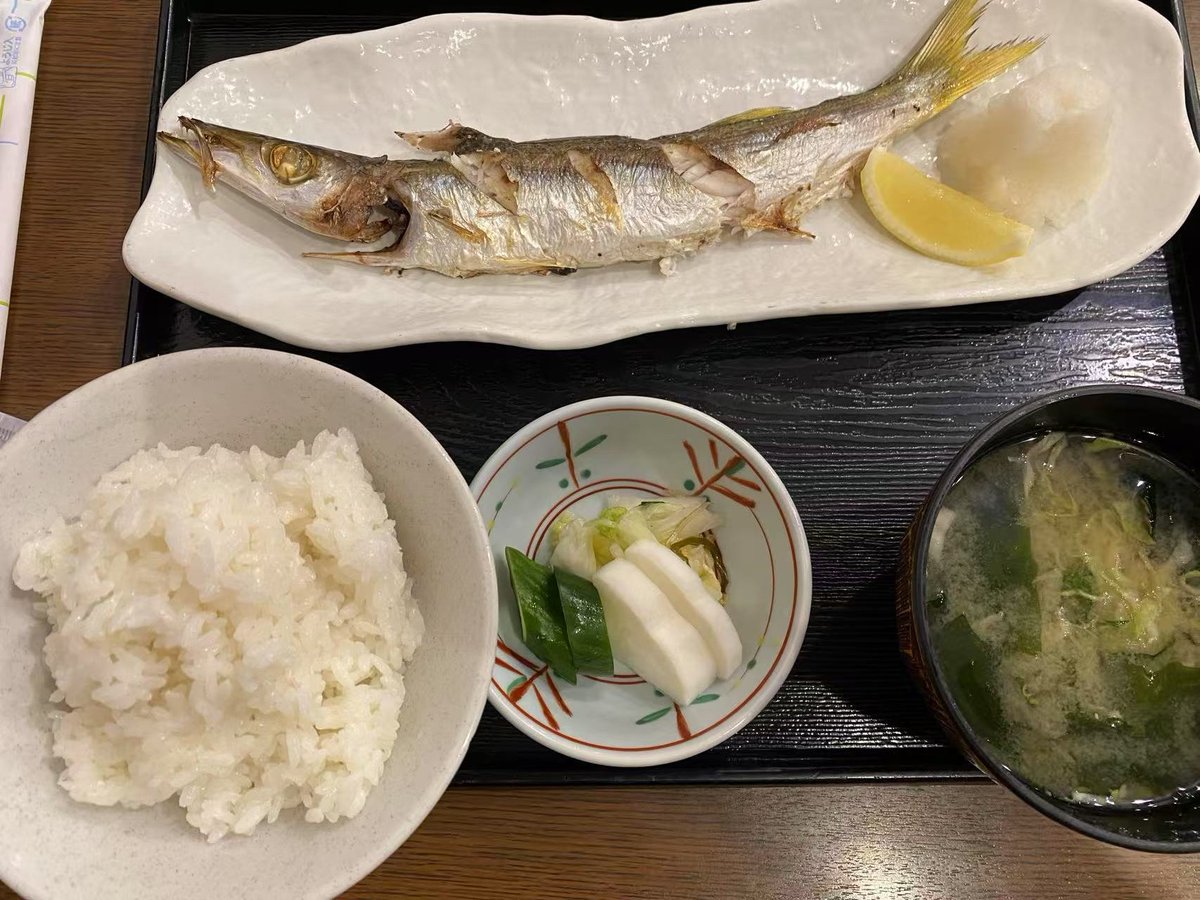
A haniwa (埴輪, tomb sculpture made of clay) displayed at Tokyo National Museum, 'Dressed Up Women' (盛裝女子). Different from life-size accurate teracottas in the tomb of Qin Shi Huang in China, the haniwa that were placed on the top of the tomb hold the beauty of simplicity.
